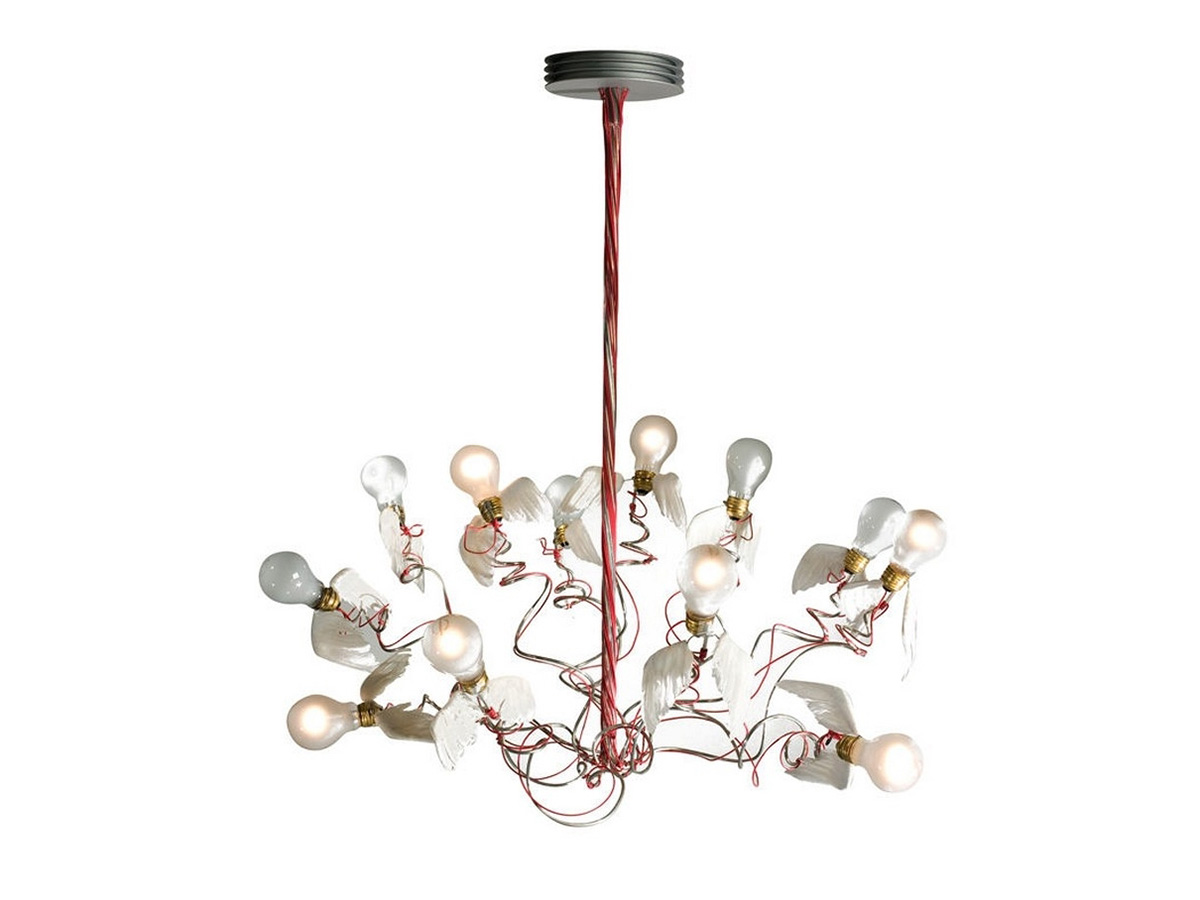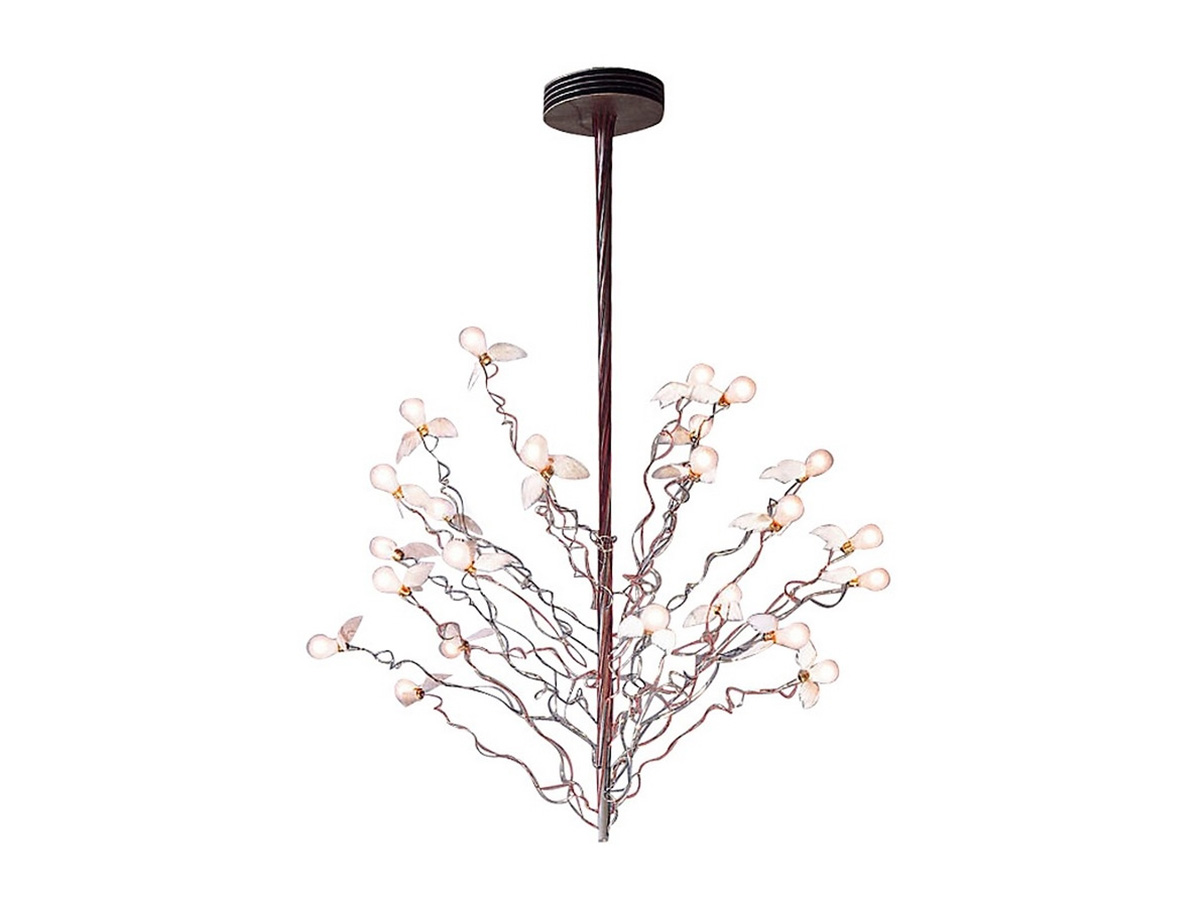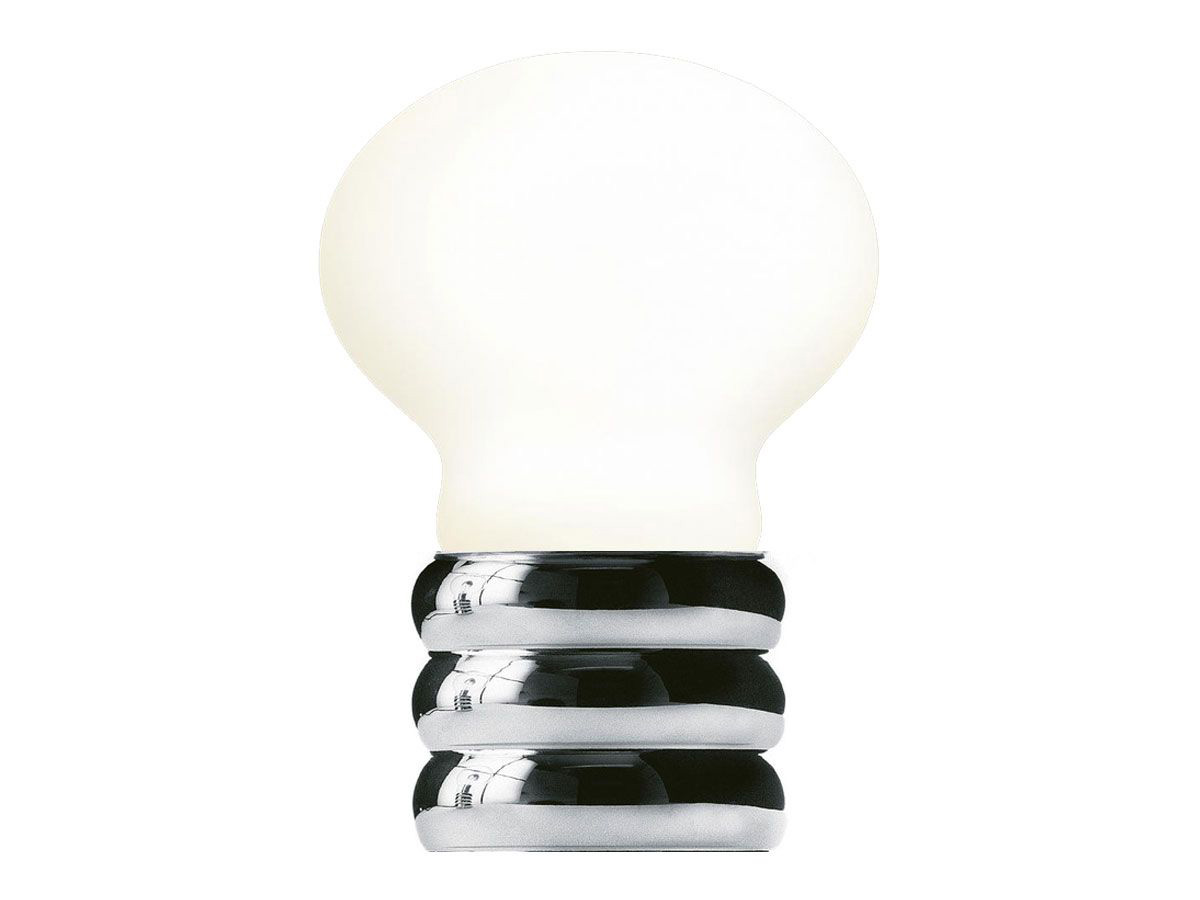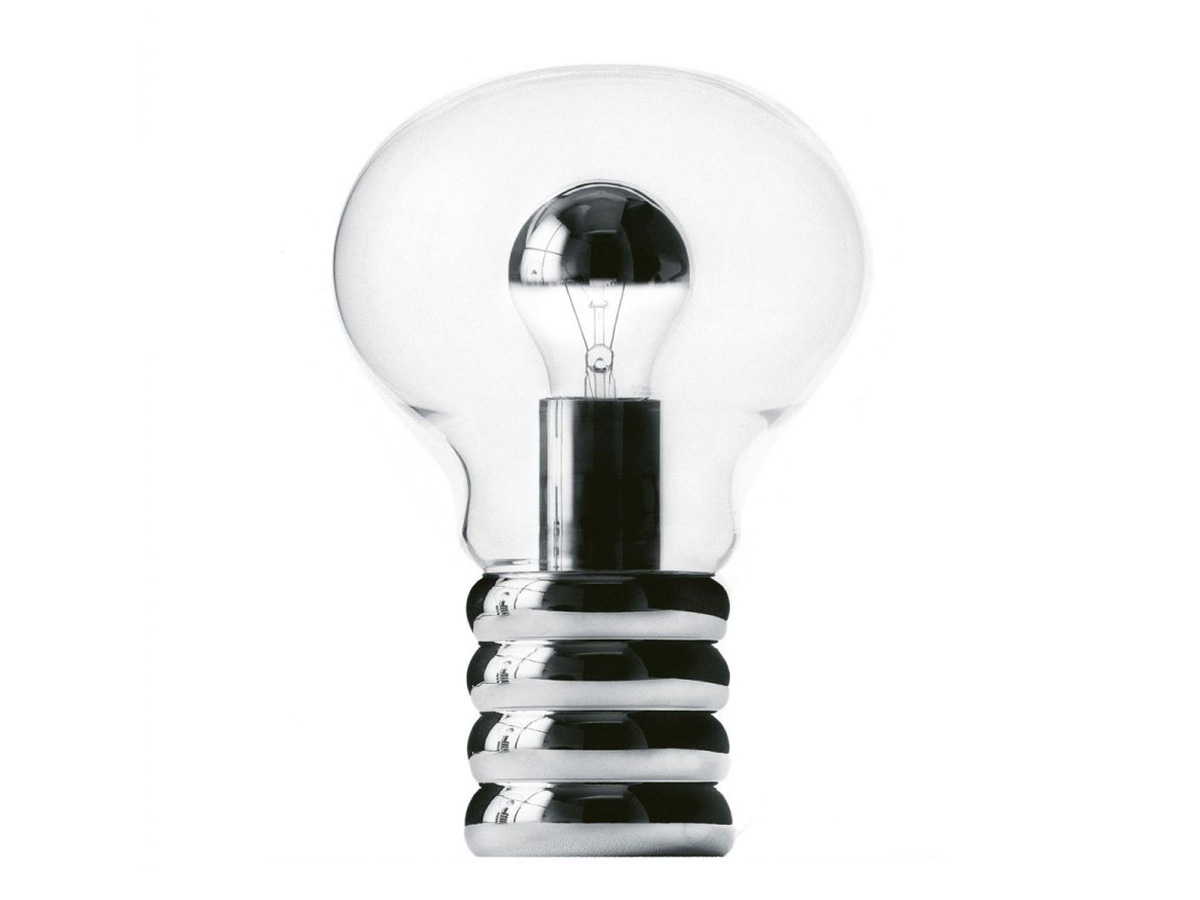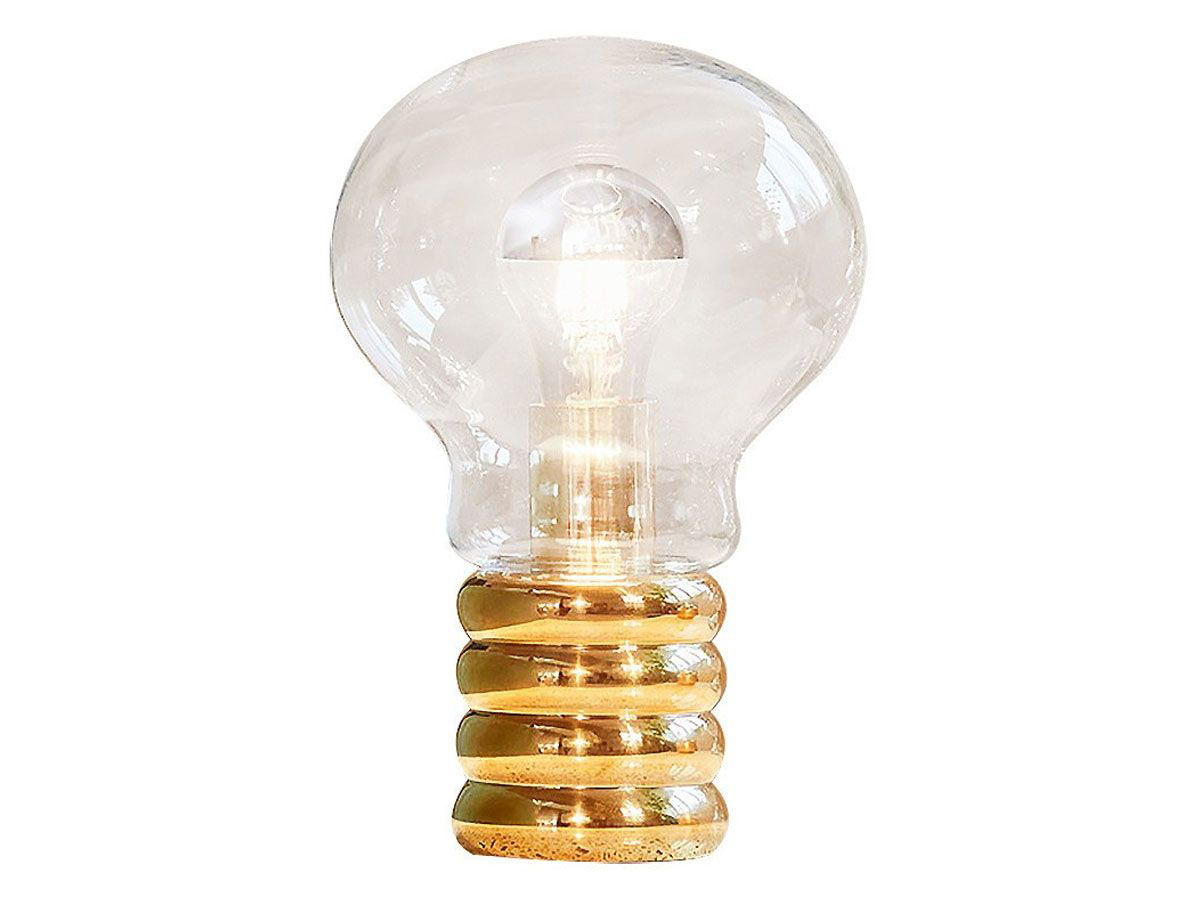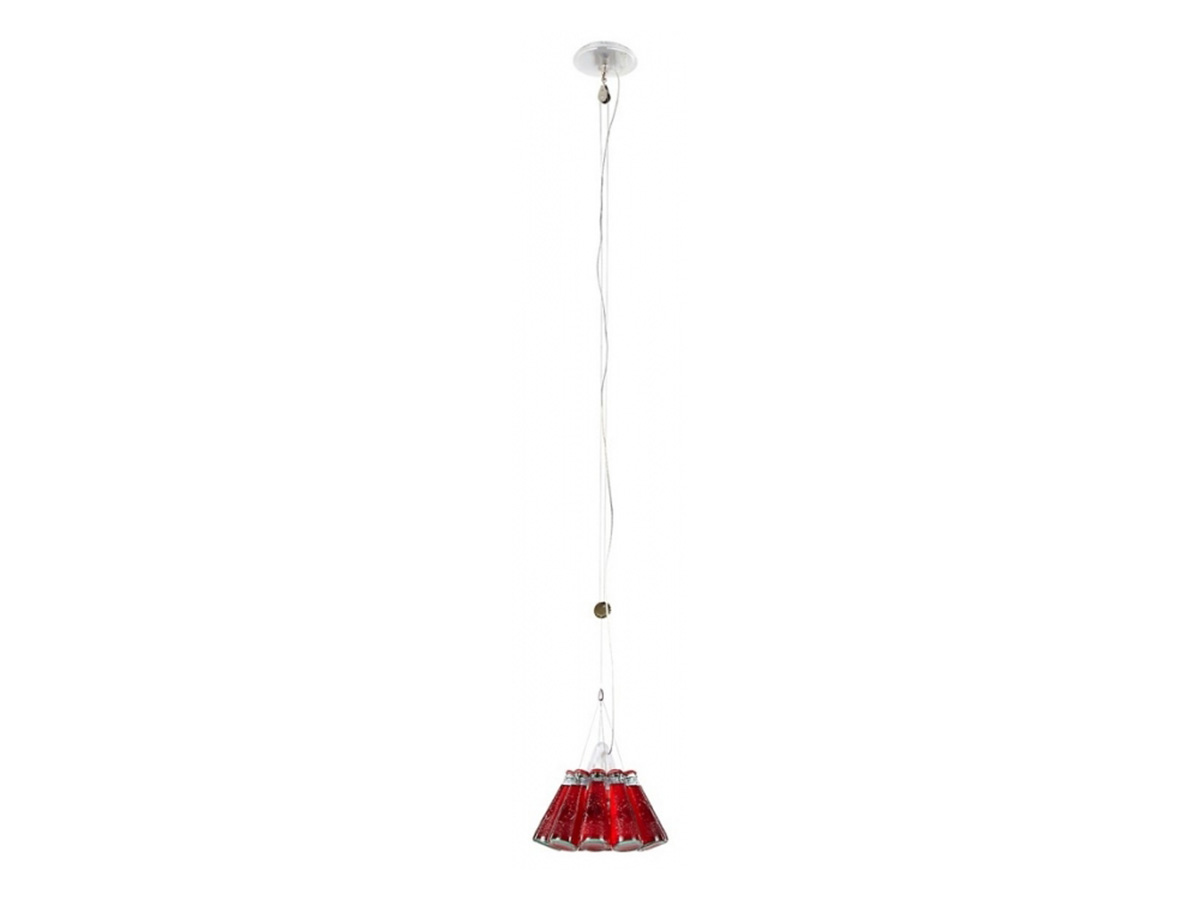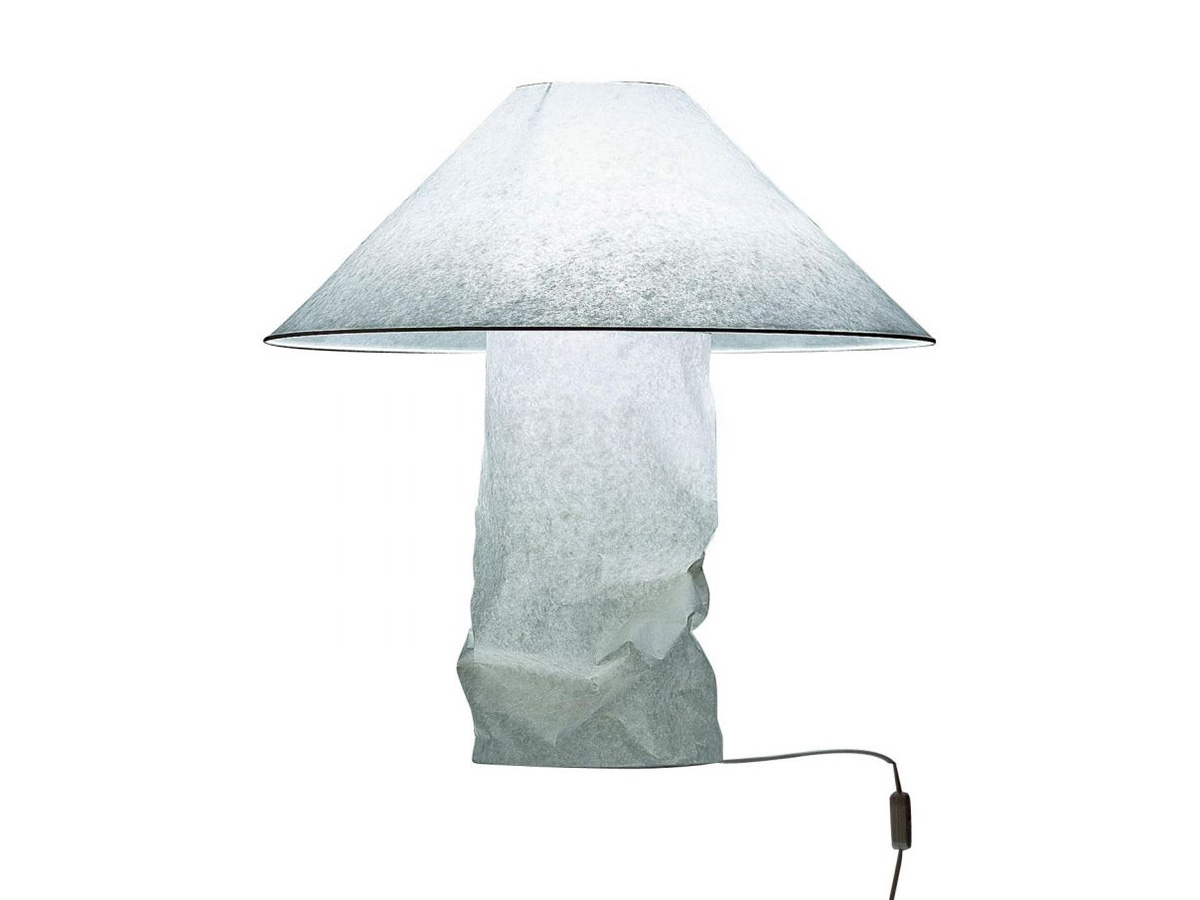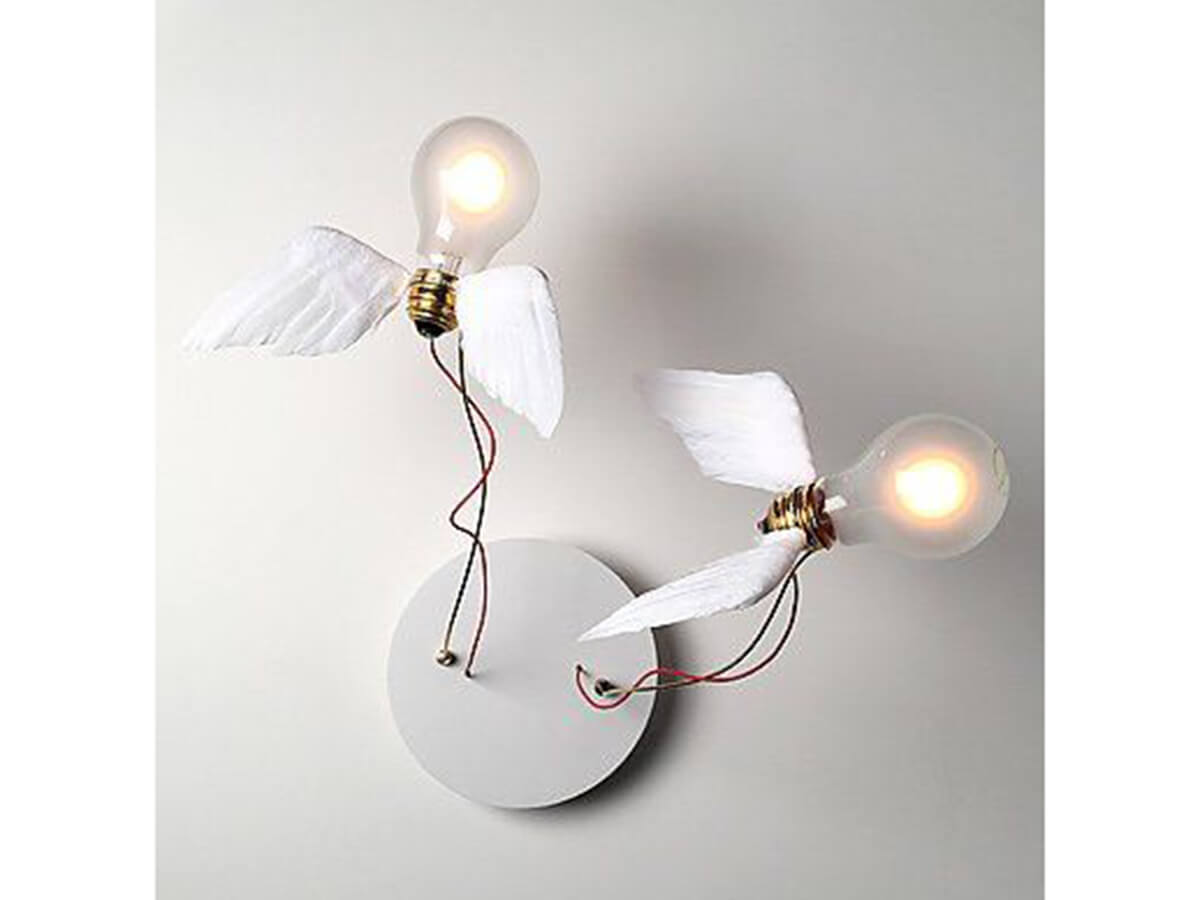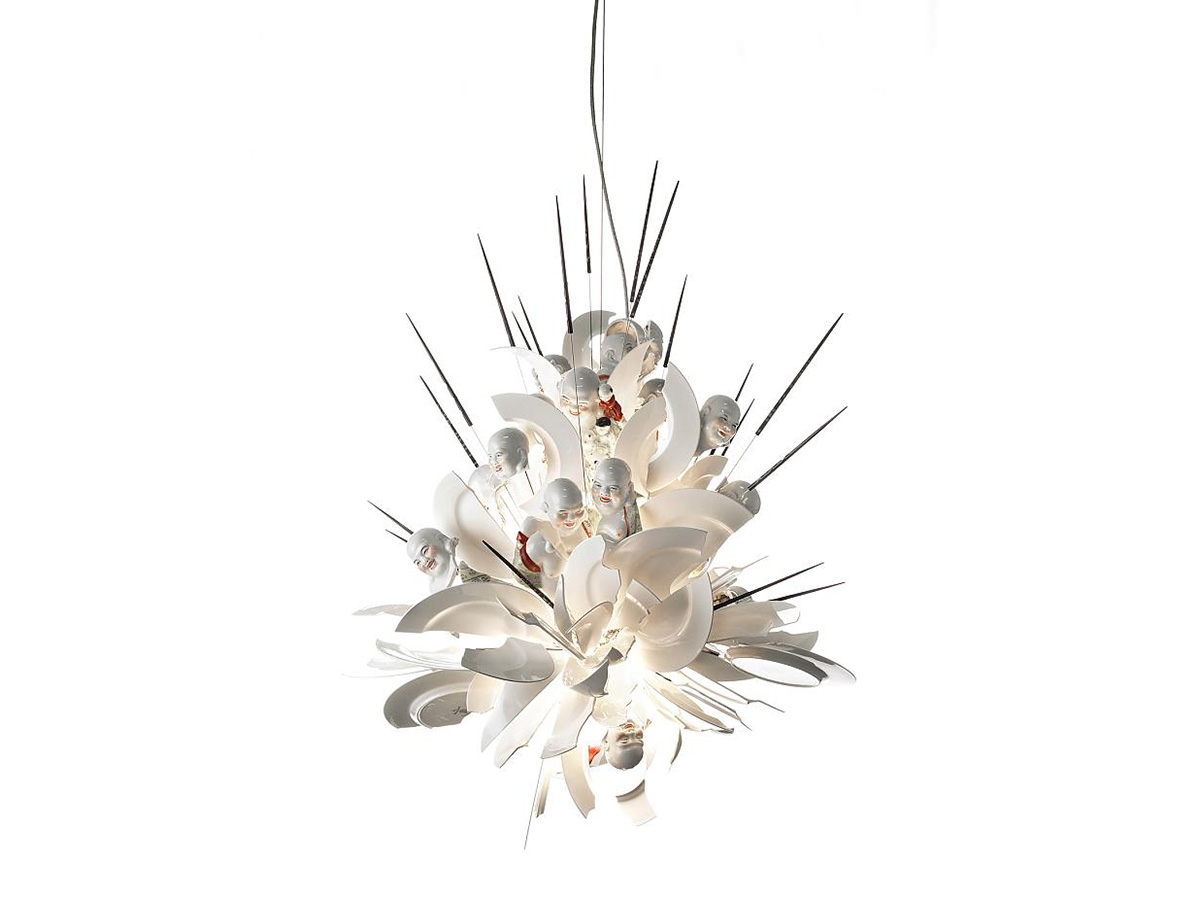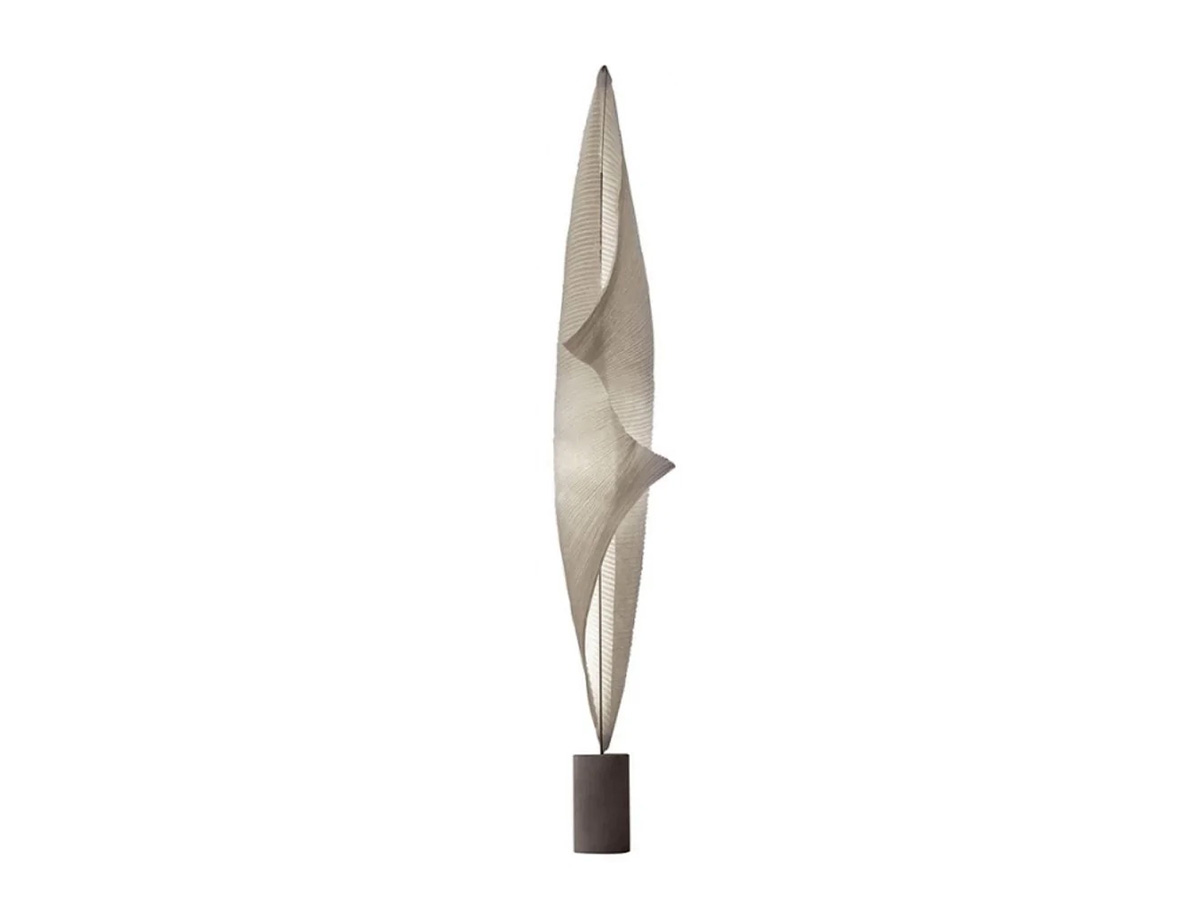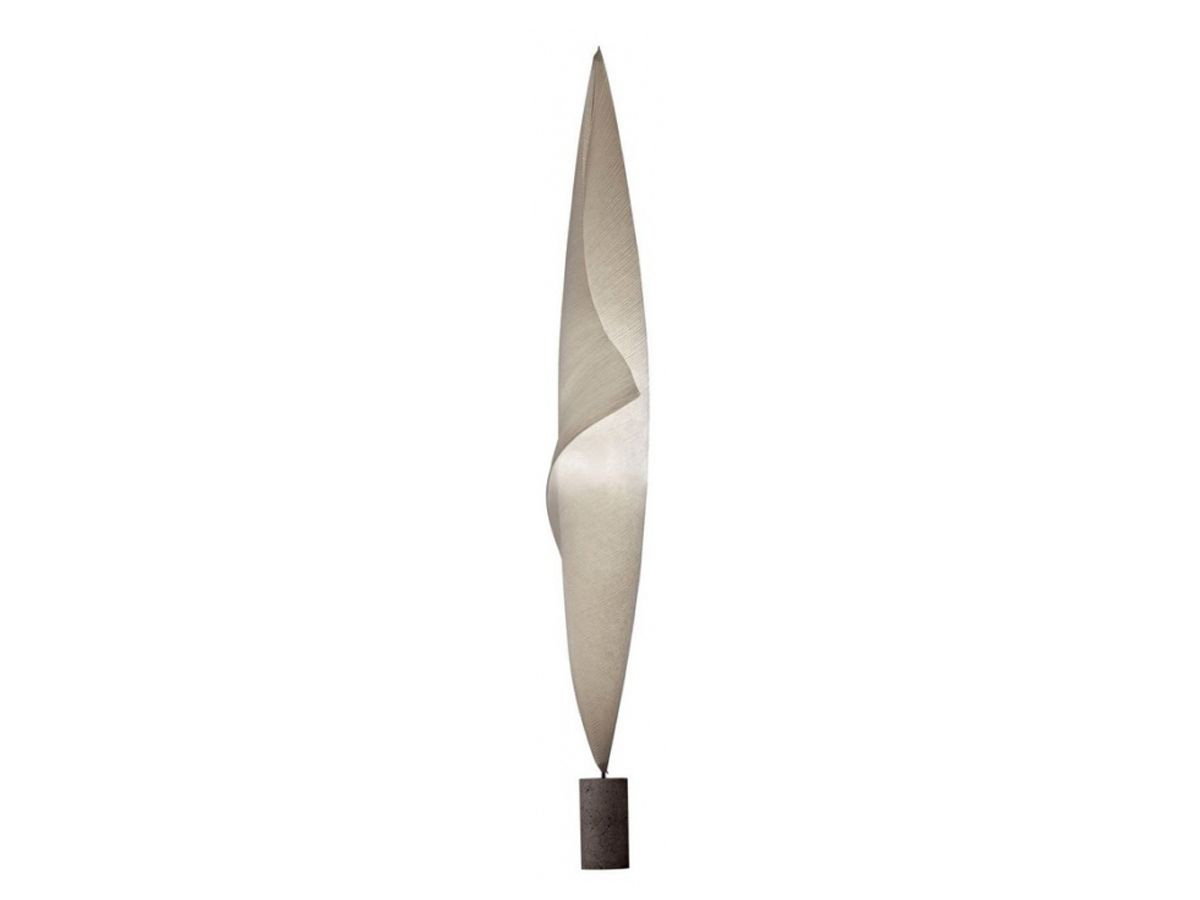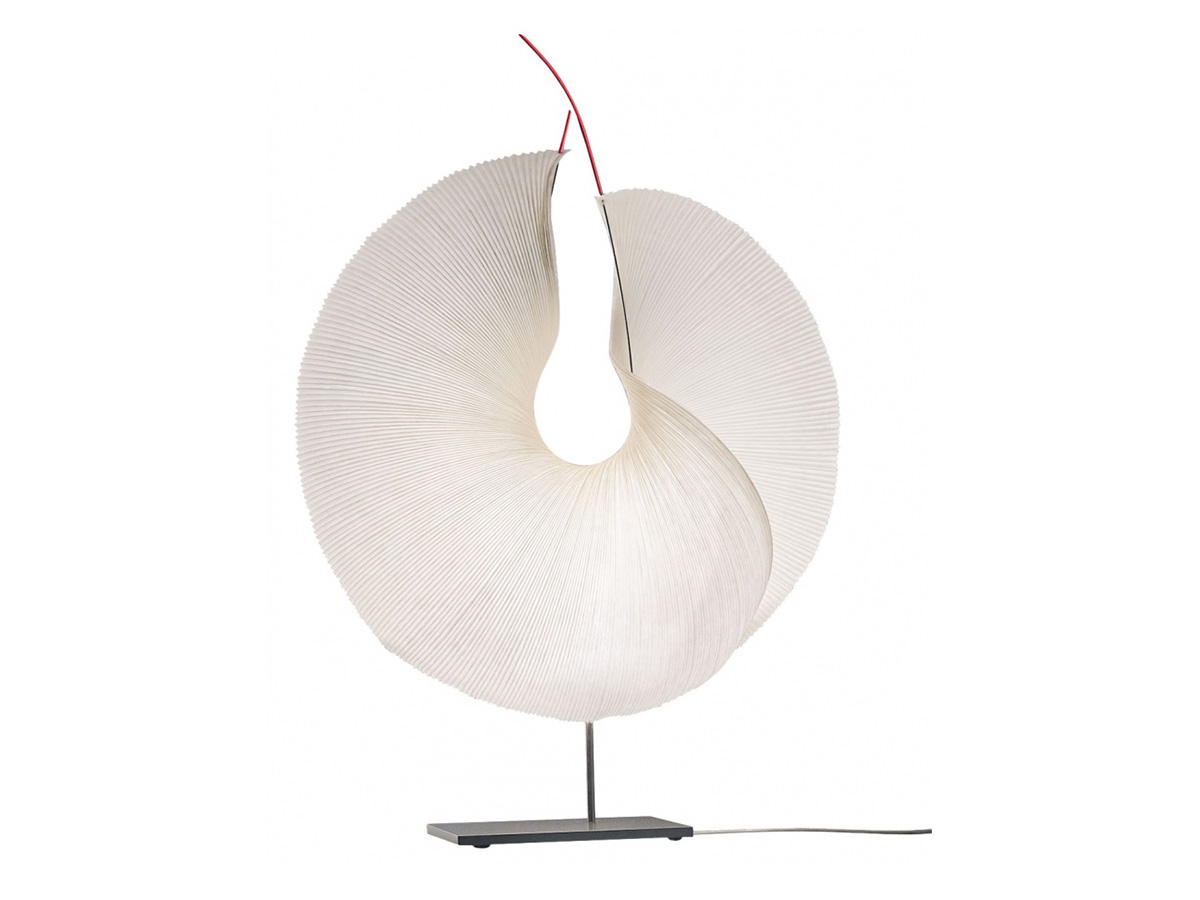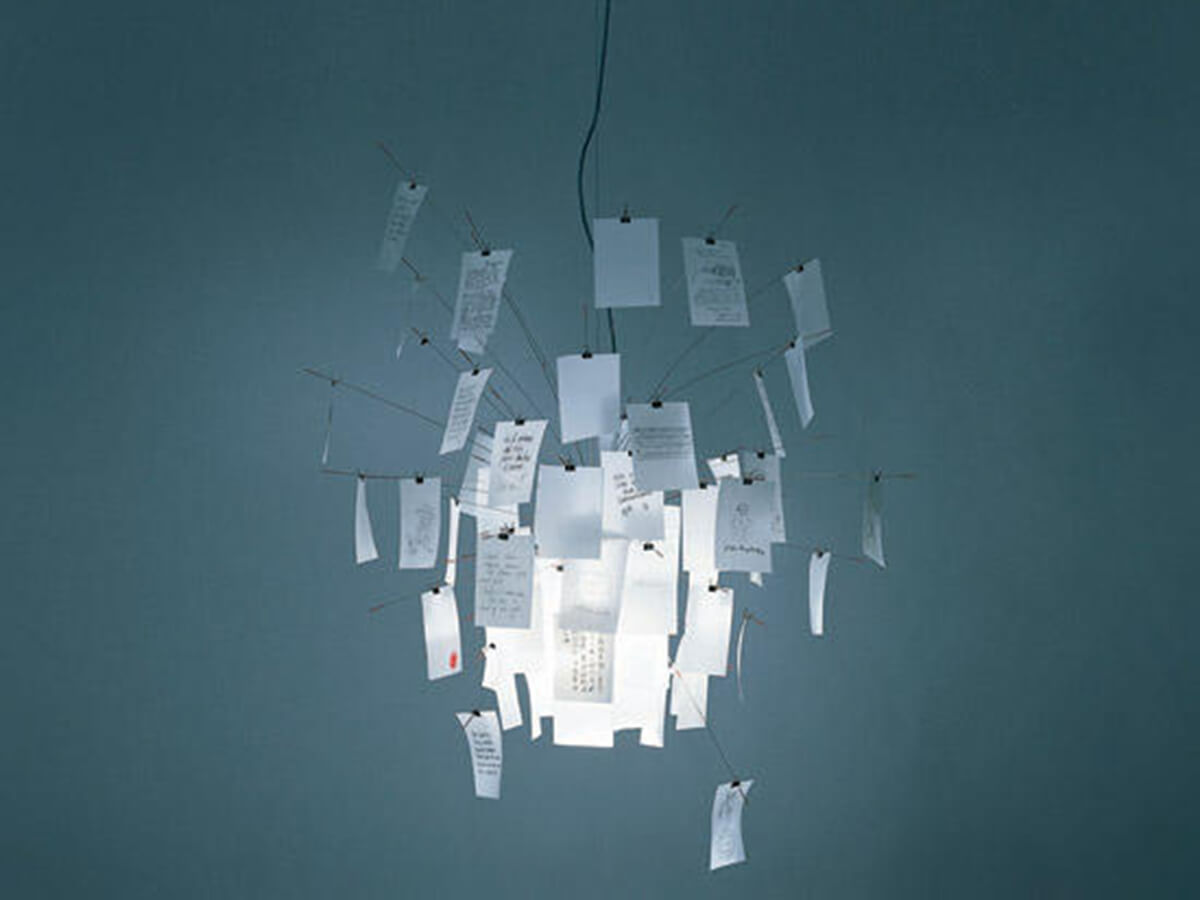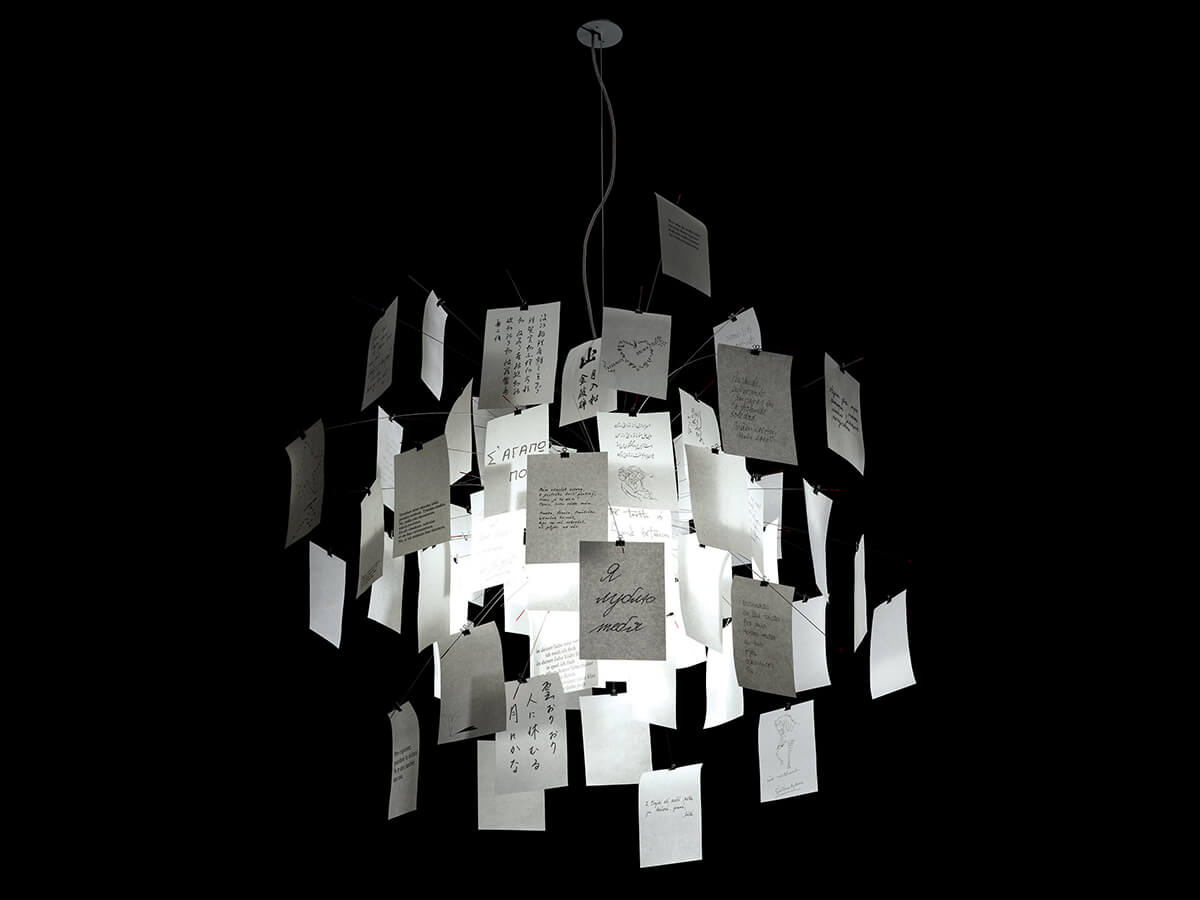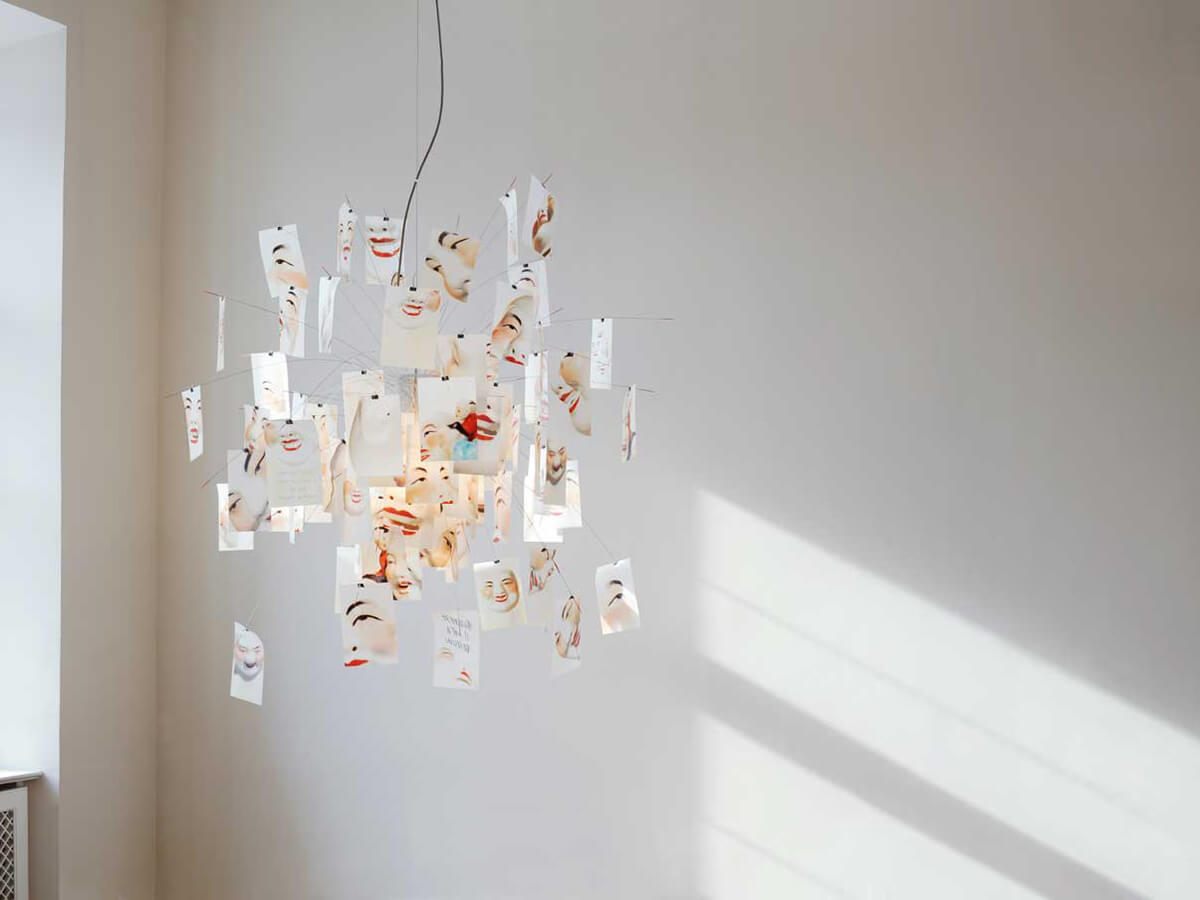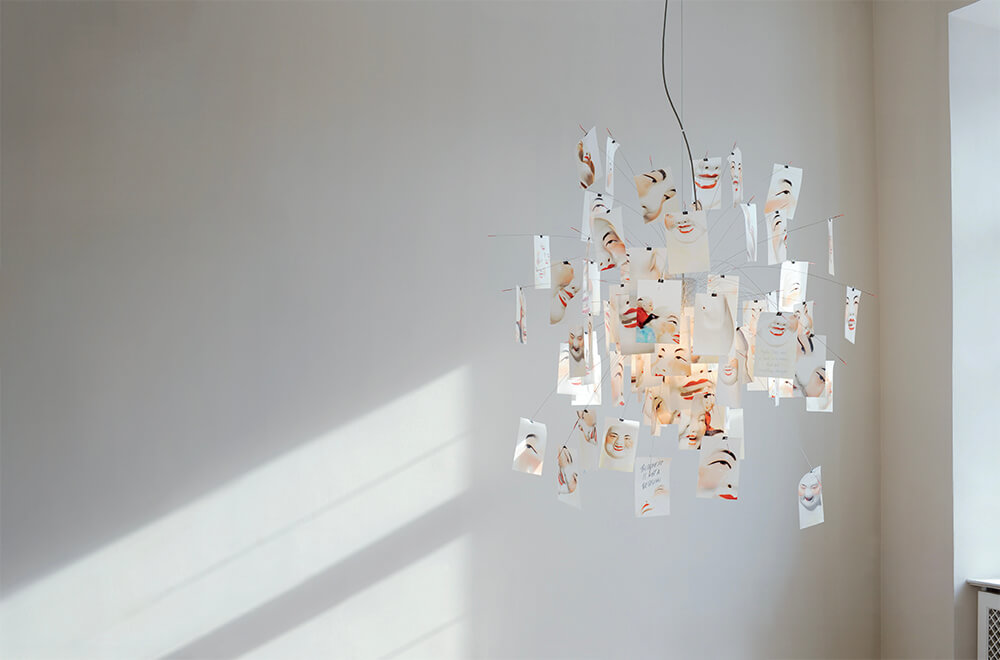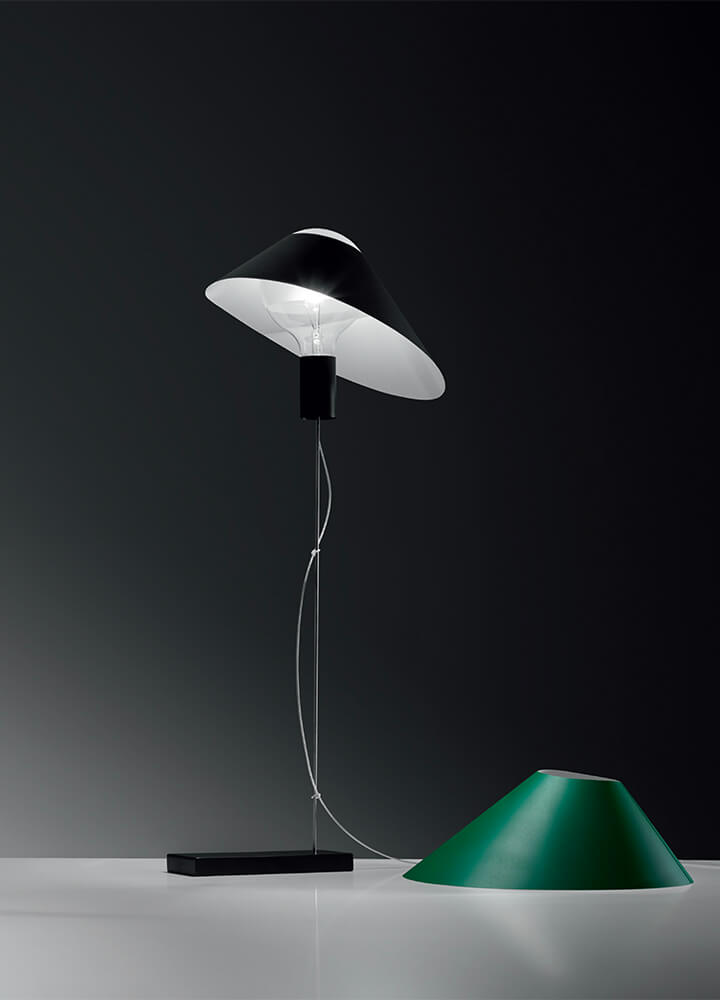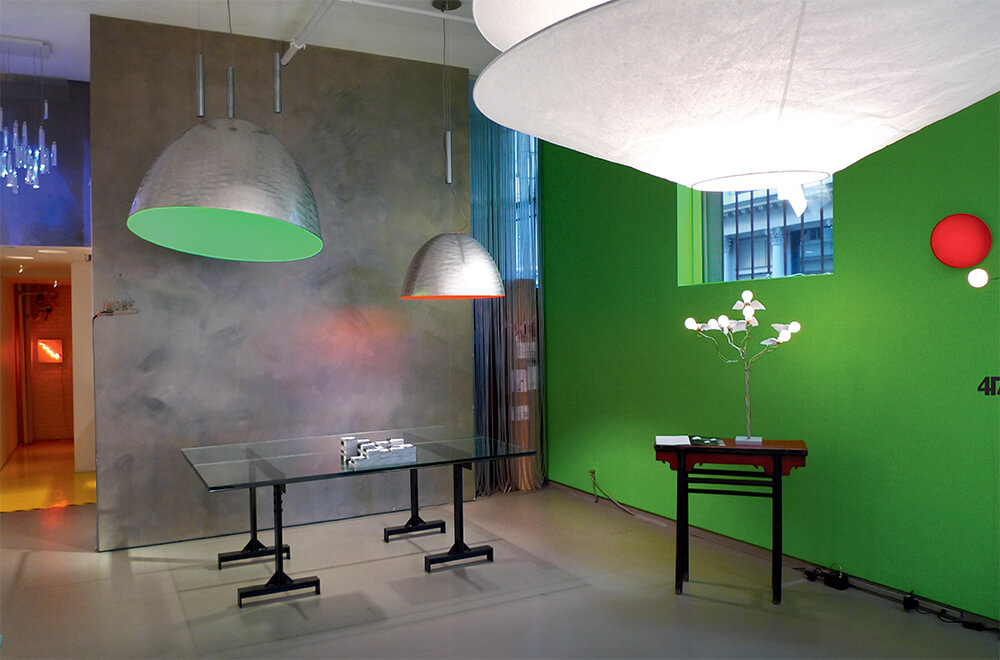Experimental design is a formula often abused, but true for Ingo Maurer. A poet of estrangement, its lamps are never what they seem at first glance: they know how to reinvent with creativity seemingly poor materials, like paper or metal, in projects of extraordinary expressive density. At the center of every Ingo Maurer creation there is always the light, even more than the lighting fixture.
Like any artist, Ingo Maurer has developed a universe of recurrent and intimately personal symbols. A frequently recurring theme is the light bulb, often isolated and emphasized, as in the Bulb table lamp, the famous debut creation of 1966 exhibited in many museums all over the world. This style is reworked in a thousand ways as the pendant lamps Wo bist du and Edison. In many creations is the absence of light bulb to stand out, replaced by a hologram of the same projected on the speaker.
In contrast to the rigorous perfection of modernist design, Ingo Maurer lamps present themselves with a “dirty” look, bordering on the ready made. Works like the Porca Miseria! suspension lamp was made from these premises: a real explosion of earthenware produced in a limited edition and always different in each of its copies, or the Canned Light lamp, a singular homage to Andy Warhol’s Pop Art consisting of a simple Campbell’s soup tin.
Lighting systems such as the YaYaHo model come to establish a creative dialogue directly with the user, allowing a modularity to his liking. In the extreme eclecticism of the Ingo Maurer catalog is possible to find products of unsettling simplicity such as the Zettel’z chandelier in Japanese paper or the famous Lucellino lamp, flanked by works of majestic elegance such as the splendid Lacrime del Pescatore chandelier.
